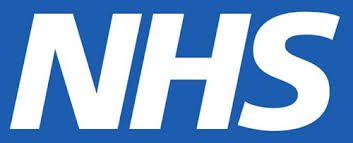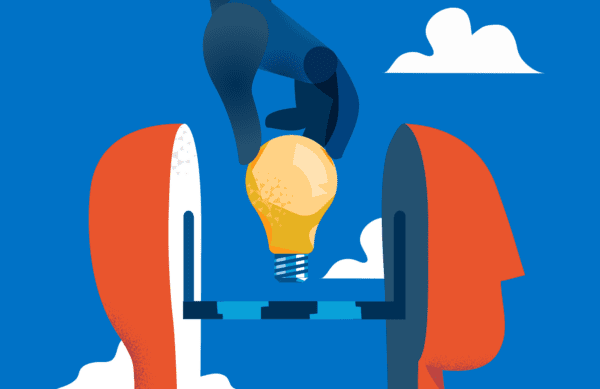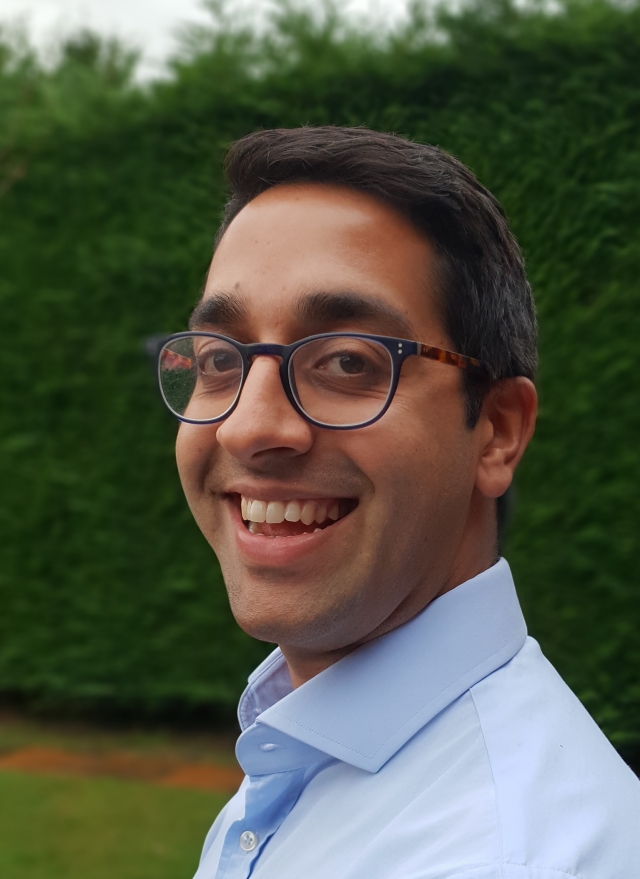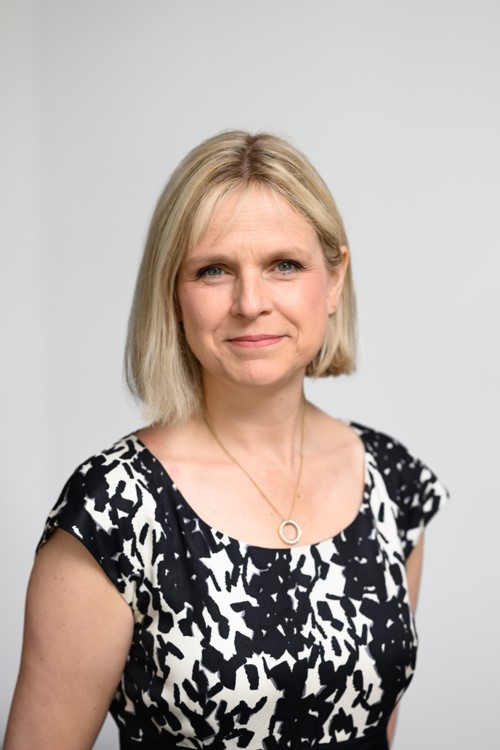Meet Mark Ratnarajah and Steve Barnett of C2-Ai. The company helps hospitals to significantly improve patient safety, reduce mortality and complication risk and clinical outcomes variation by providing globally unique AI-backed insights. Read what they have to say on how the coronavirus (COVID-19) pandemic has shaped their work, their advice for budding innovators and how their technologies have helped operational and clinical teams to better work together.
Tell us about your innovation – what and why?
Mark: We’ve been working with the NHS for about 15 years and started off developing technologies that support quality improvement for frontline clinicians and clinical leaders to identify where there are opportunities to reduce avoidable harm and improve the quality of care for patients. When COVID occurred, we were in conversation with our hospital customers who were asked if we could help better inform and identify patients on waiting lists who are at risk of deterioration and who needs to be prioritised.
We repurposed existing technologies to identify those patients whose clinical needs were very high and were at the greatest risk of presenting as an emergency to A&E. We’re able to provide insights using ‘PTL RiskTriage’ that clinicians were unable to access through existing methods, allowing clinical teams to make informed decisions and move interventions from reactive to proactive.
Furthermore, we have underpinned the analysis with a strong evidence base that has been collected across all the NHS Trusts we have deployed the technology with. This has culminated in a number of peer reviewed publications, national awards and Class IIb medical device registration.
What was the ‘lightbulb’ moment?
Mark: There are a couple of moments. When COVID hit, we could foresee the consequences of dealing with emergencies due to the pandemic, especially in regards to the growing and lasting impact on elective surgery waiting lists. We thought about ways in which we could support clinical colleagues grappling with this dilemma and we came up with the idea of scaling and repurposing some of our existing analytics tools.
The second was in discussions with our clinical colleagues who were asking ‘how can we integrate the risk analysis within operational processes?’ So we built something called the ‘Urgency score matrix’, and we could see that not only was this a clinical tool, but it also had operational benefits in terms of getting the right patient, with the right team in the right place at the right time.
Steve: By providing these clinically focused tools that overlap into the operations area, the operational and clinical teams get some space to work together where they all are developing a clear understanding of the challenges that face both sides. It’s been a very interesting time to see that level of cooperation and interoperability between the teams.
Which AHSNs are you supported by?
Steve: The Innovation Agency (the AHSN for the North West Coast) has been amazing. They’ve opened doors we didn’t even know were there. They’ve helped us get into the right conversations with the right people. And as an outside organisation, that’s not always obvious. So, working with them has introduced us to a lot of people who’ve been real leaders in the development of elective recovery philosophies and systems.
We were identified as suitable to be spread nationally and that’s led to developing the relationships with Yorkshire & Humber AHSN, Eastern AHSN (both of whom have been fabulous in getting us in front of senior NHS people, NHSX, and NHS Digital), West Midlands AHSN, and South West AHSN. So it’s a nice evolving environment. Technology spreads in one area, then the word spreads through the AHSNs proactively.
It’s great to see AHSNs working nationally with organisations, because that’s moving UK innovation to the next level and supporting the spreading of UK business innovations to the wider world, which supports our economy.
What’s been your toughest obstacle to date?
Mark: There are probably two: the first is around deployment, even though the NHS is one great big institution, it’s very fragmented. We found that there’s still this need to run a local pilot even if data and proof of benefit from other regions exist, which slows progress with every deployment in a new region; when we have to start from the beginning and redefine the parameters. In some respect, that’s been helpful, as it means working closely with clinical and operational teams and building on the base of real-world evidence, but it has meant it has taken longer than anticipated.
Steve: It’s very difficult for us as we have to prioritise an implementation over a trial because the client is expecting us to be working on cutting down their waiting lists and reducing their bed days.
Mark: Secondly, funding innovation is difficult now more than ever. One of the big challenges for any healthcare institution is that now is probably the most insecure time that the NHS has faced financially, especially with increasing costs and inflation. We’re still having to work out where funding will come from to do the original pilot and then to fund on an ongoing basis, especially when central monies are not easily accessible.
Steve: Funding is a very particular problem. I heard there’s evidence that for every pound spent on digital transformation, there’s a £4 payback to the service. But I think there are wider concerns that the monies that have been ringfenced for innovation may find themselves leaking into day to day operations, and that can bring down the overall level of innovation.
What are your hopes for the future?
Steve: Mine is that we move towards a more transparent service where we’re able to see the quality of operation within the NHS population health support, primary care support, specialist support, and also on a hospital level.
Mark: I concur with Steve, that’s the only way we’re going to get more efficiency and deliver better care. Working across organisations that embrace opportunities to improve and look at new ways of working is the only way that we’re going to get the waiting lists down.
Steve: We dream big. So we’re very excited about what we’re doing. And hugely passionate about delivering support and transparency to help the delivery of health services across the board.
What’s the best part of your job?
Steve: Seeing the results. I’m a data guy. So I see the results and I spend a lot of time working with the teams that do the analytics. The best part is when you see the hospital acquired conditions halve in a couple of months because they’re actually using the analytics and acting on the root cause of the problems that they identified.
Mark: For my part, it’s working directly with clinicians and seeing insights converted into action that directly benefit patient care. The people that we work with are deeply passionate about working in the NHS and being able to provide and deliver the best clinical care they can. And that keeps us motivated. We work with some fantastic delivery partners. It’s been a real pleasure working closely with the AHSNs, being able to share stories and talk to people that can understand the benefit to their local health economy and have the reach and influence to drive change forwards.
Can you give us some advice for budding innovators?
- Get your evidence together
- Get a local champion to support you
- Engage as early as you can with your AHSN because they will give you guidance and support
- Do not put your company at risk. Make sure that the projects that you are working on will result in a positive outcome for you and for the client, because there’s nothing worse than putting your business’ integrity on the table and not being able to deliver
- Celebrate your successes with as many people as possible. Don’t keep quiet about them, because sometimes your lightbulb moments come from discussions with people that you hadn’t even considered to be potential partners.

The government has set out three shifts it wants to see happen: treatment to prevention, hospital to community, analogue to digital. HealthTech has a crucial role in supporting the delivery of all three. But using technology to help deliver these changes requires procuring the technology, and when all the noise is about there being no [...]

Dr Anish Bhuva, is the founder of Pace MRI, a Consultant Cardiologist at Barts Heart Centre and an Associate Professor at University College London. Tell us about the innovation. What does it do, how does it help, who does it help and why is it important? Pace-MRI is an award-winning digital tool that manages complex [...]

As we celebrate International Women’s Day, Anna King, Commercial Director at Health Innovation Network South London, identifies how FemTech is 'Accelerating Action' in UK healthcare and driving economic growth. In recent years, FemTech - the sector focused on women’s health and wellness technology - has gained significant traction globally. In the UK, this growing sector [...]









